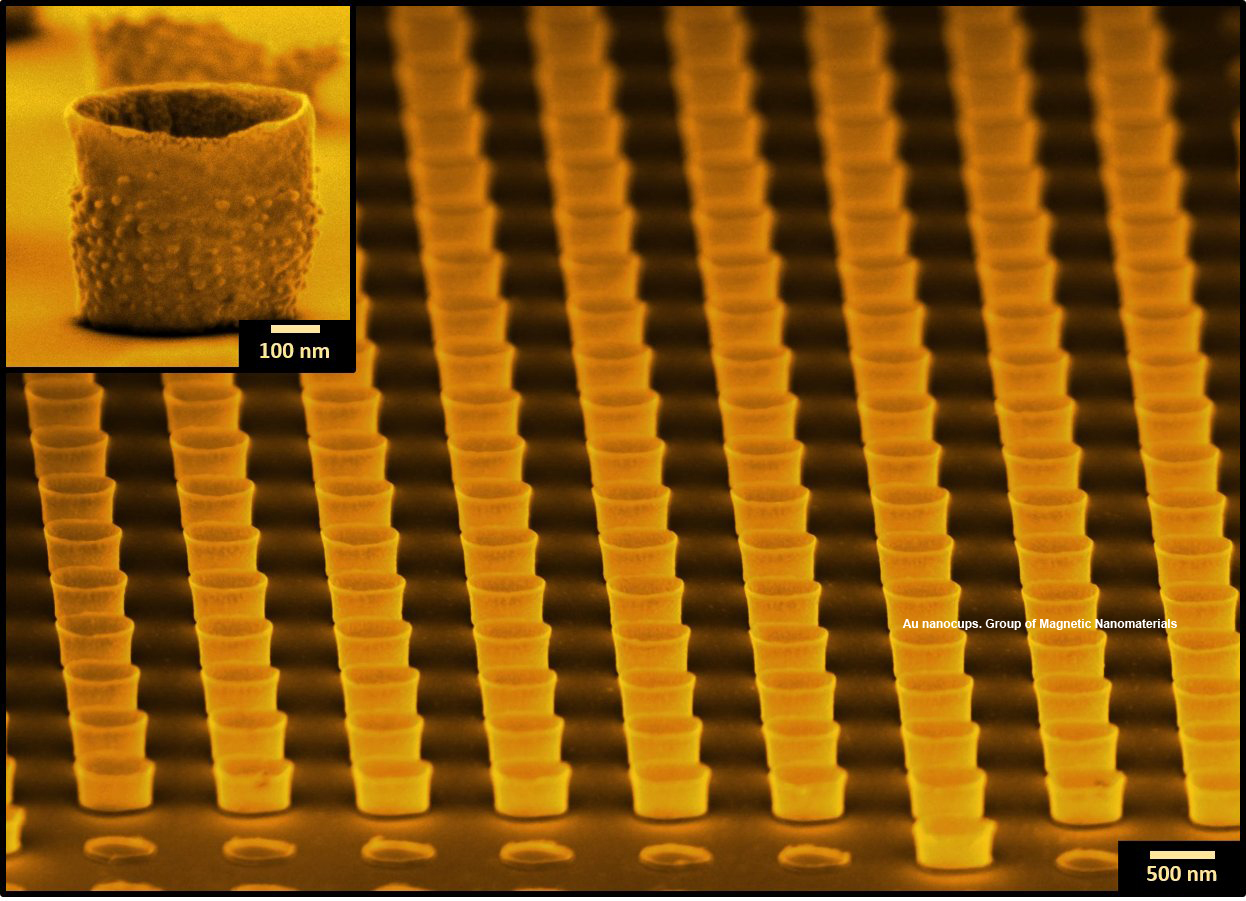
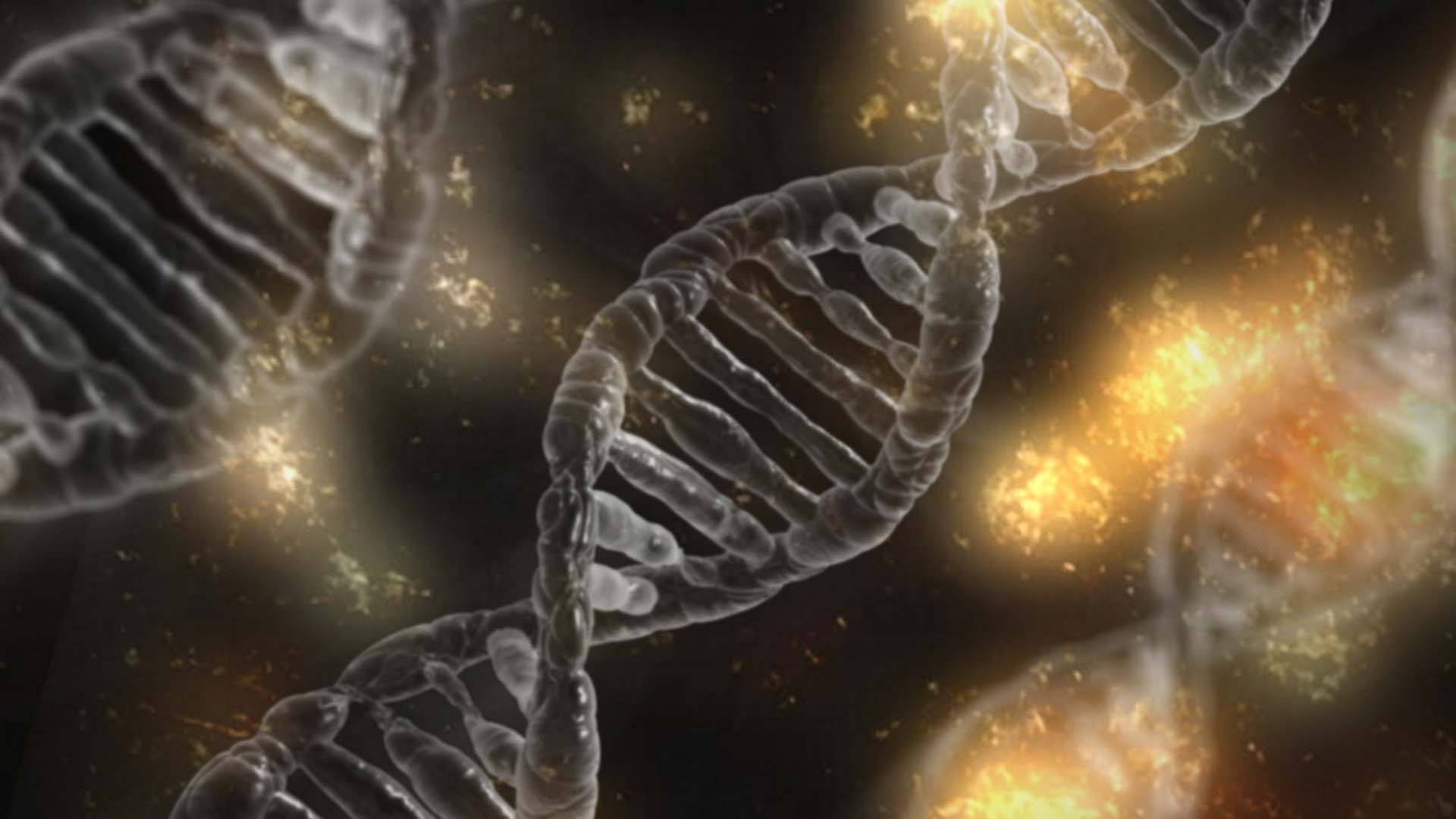
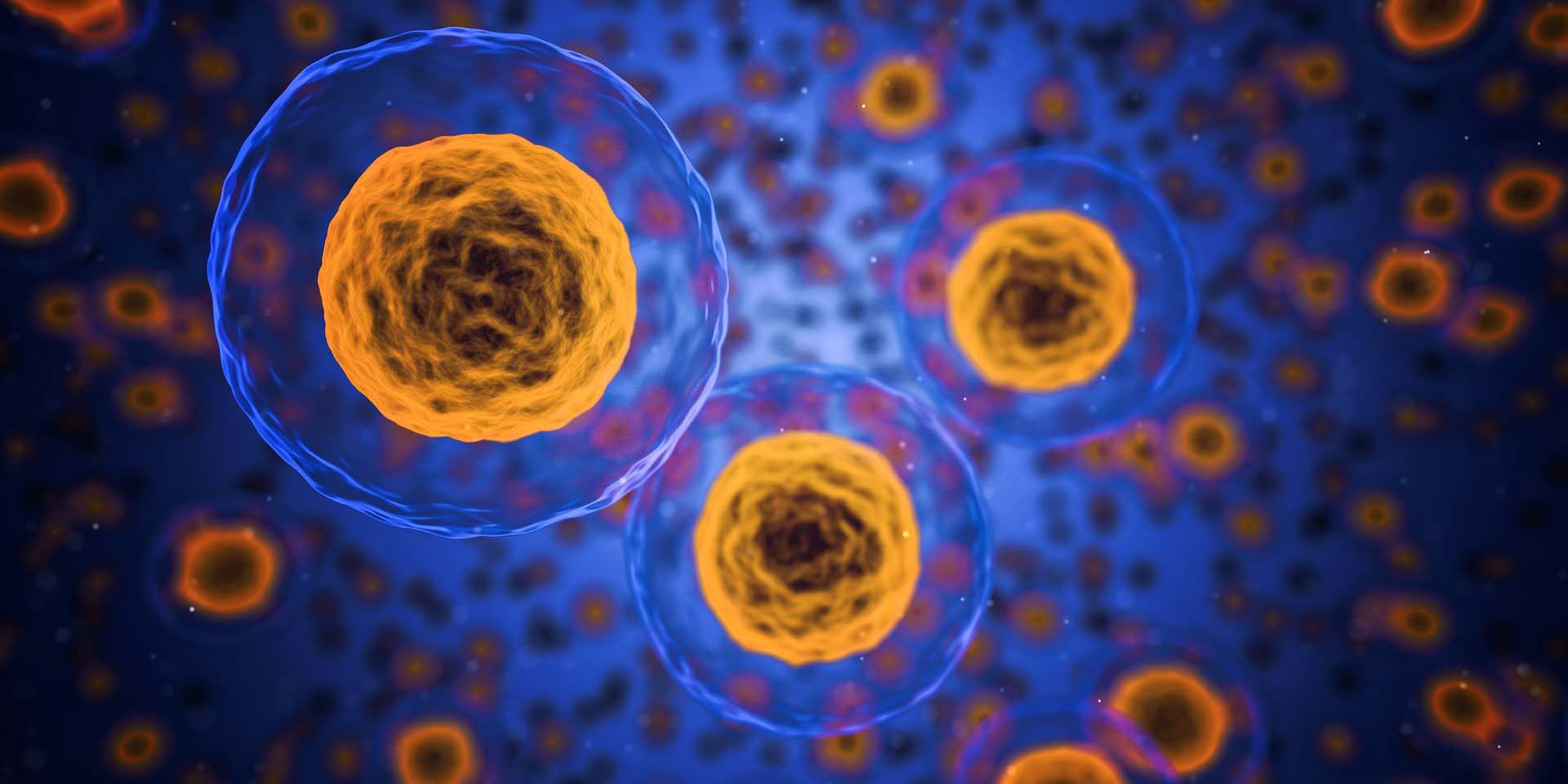
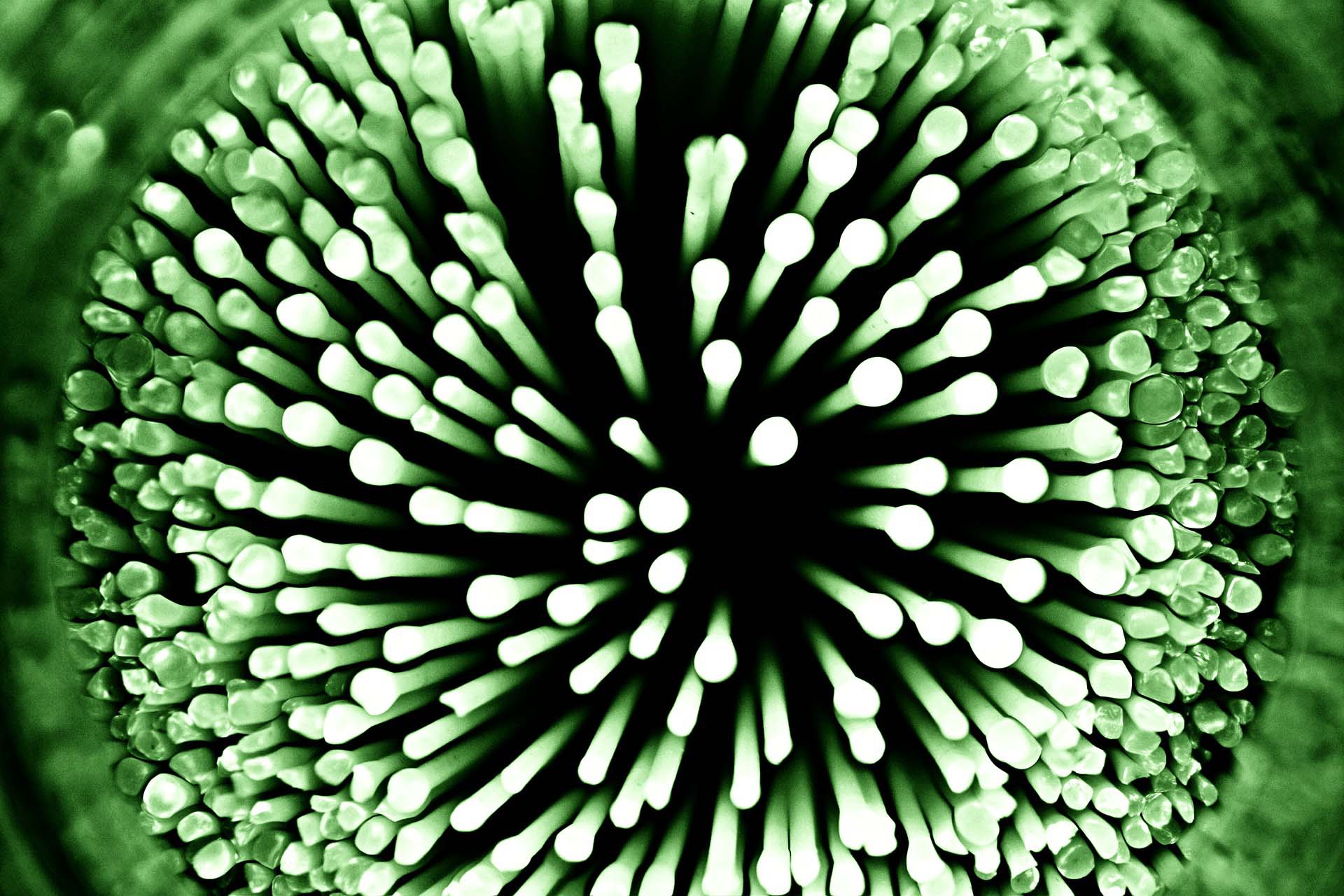
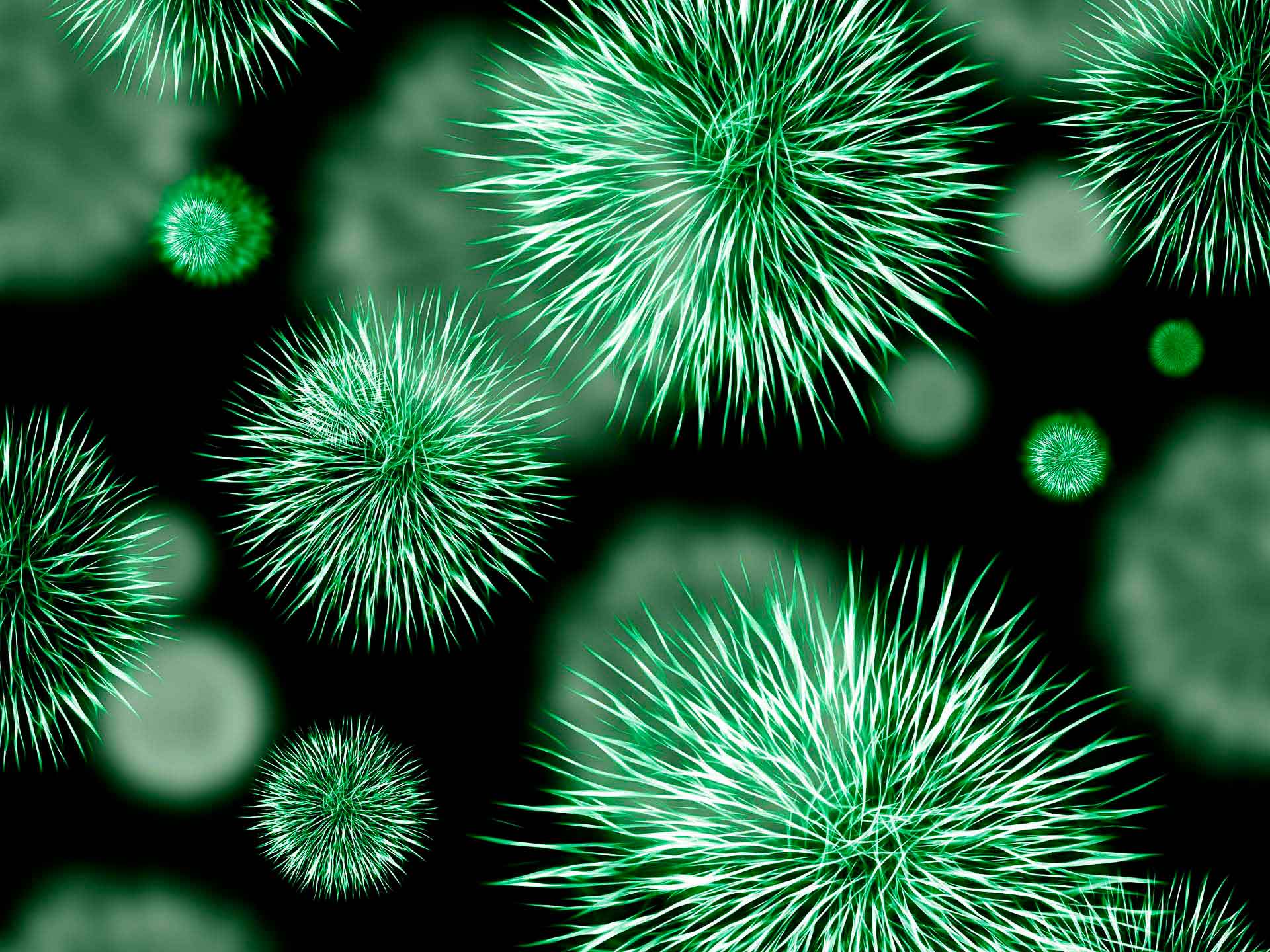

University of Barcelona
Know How
NanoMet
This research area develops instrumentation and methodology (employing experimental and theoretical tools) to characterize nanostructures and nanosystems of any nature
In Silico / in Cogito studies for Nanomaterials in organic/inorganic milieux
Atomistic simulation of magnetic nanostructures
Micromagnetic modeling
Theoretical models of magnetism
Advanced electron microscopy techniques and related analytical X-ray (EDS) and energy loss (EELS) spectroscopies
In-situ electron microscopy
Optoelectronic properties by ab-initio simulation using DFT: energy loss function and comparison with experimental EELS
3D reconstructions of electron diffraction tomography and imaging
Analytical electron tomography
Electron beam precession related techniques: phase and orientation mapping, electron crystallography
Simulation of TEM and STEM images
Machine learning applied to electron microscopy data treatment
NanoBio
Protein and Nucleic Acids Electrophoresis
Atomic Force Microscope (AFM) for the visualization of biological samples.
Responsible of the AFM: Dr. Oscar Domenech (odomenech(at)ub.edu)
Cell Culture
Biophysics: Inter and Intramolecular interactions and living matter at cellular scale studies
Surface tension measure with the ability to extract thin layers of extended molecules at the air-water / other solvents interface
In Vivo Studies for cancer research
Gene Silencing through PPRH hairpins
NanoPharmaMed
Amyloids Aggregation Studies
Drug photochemistry/photoactivation
Mass Spectrometry
Theranostic and Therapeutic Nanoparticles development
In Vivo and In Vitro Studies for neurodegenerative diseases, cancer, ocular inflamation and apnea
In Vitro Studies for NP citotoxicity
Photothermal therapy
NanoMagnetics
Functional Molecules with magnetic and optical properties: Synthesis and characterization
Molecular-based Quantum Computing
Crystal Engineering
Molecular Spintronics
Single Molecule Magnets
Magnetic characterization
Anisotropic magneto-optical nanostructures
Hybrid oxide magnetic nanoparticles
Coordination supramolecular chemistry
Multifunctional nanoparticles for bio-applications
Plasmonics and magnetoplasmonics with ordered arrays of Au nanostructures
Phononics and ferrophononics: controlling the heat flow
Proximity effects in nanostructures
Simulation and theoretical modelling of magnetic properties
Simulation of optical properties of metallic nanostructures
Local probes: X-ray spectro-microscopy of individual magnetic nanostructures
Epitaxial oxide heterostructures and multilayers
Quiral magnetic clusters
NanoPhotoElectro
Printing of high or low density substances
Laser printing of conductive inks on cellulose paper substrates for paper electronics applications
Electronic sensors development
Integrated nano Photonics
Photovoltaic devices with nanostructured materials
Evaporation and printing of nanoLEDs
Photoluminescence measurements
Electrical and electro-optical characterization
NanosMat
Synthesis of nanostructured materials
Nanomechanical characterization
NanoEnergy
Synthesis
Catalysis
CatalysisIsothermal measurements of thermodynamics and kinetics
